Coeliac Disease / Wheat Gluten Intolerance Test
£11.99
- Highly accurate and simple home test for the detection of Gluten Intolerance
- Results within 10 minutes
- Fully CE approved
- At least 6 months to expiry
What is Coeliac Disease?
Coeliac disease is a common digestive condition where the small intestine becomes inflamed and unable to absorb nutrients. It affects about 1% of the UK population, with experts warning that the actual amount of people affected will be much higher because milder cases may go undiagnosed or be misdiagnosed as other digestive conditions, such as irritable bowel syndrome (IBS). Reported cases of coeliac disease are two to three times higher in women than men and it can develop at any age.
Coeliac disease is caused by an adverse reaction to gluten.
Which foods contain gluten?
Gluten is a dietary protein found in any food that contains wheat, barley and rye, including pasta, cakes, bread, breakfast cereal and beer.
What are the symptoms of coeliac disease?
Eating foods containing gluten can trigger a range of gut-related symptoms, such as diarrhoea, abdominal pain, bloating and flatulence (passing wind), indigestion and constipation.
It can also cause a number of more general symptoms, including fatigue, unexpected weight loss and an itchy rash.
Why do I need this test?
There is no cure for coeliac disease, but switching to a gluten-free diet should help control symptoms and prevent the long-term consequences of the condition. Even if you have non-existent or mild symptoms, changing your diet is still recommended because continuing to eat gluten can lead to serious complications. Therefore, it is important to get a diagnosis so that you can make the necessary changes.
How does the test work?
The test detects the presence of the antibodies IgA and IgG, which have been proven to be present in those that suffer from gluten intolerance.
How do I perform the test?
It is very simple – just make sure your hands are clean and warm and then obtain a blood drop using the lancets included and transfer to the test cassette. Then just add 3 drops of the buffer solution and then read your results after 10 minutes. If you get just a control line, then this is a negative result for Coeliac disease; if you get 2 lines then this indicates a positive result for Coeliac disease.
What do I do if I get a positive result?
You should consult with your GP for advice on the next steps, which will include altering your diet to reduce or eradicate gluten intake.
When should I take the test?
It is recommended to take the test when you are experiencing symptoms of Coeliac disease as outlined above. It can be done any time of day, on a full or empty stomach.
Is the test suitable for people on a gluten-free diet?
No – the antibodies will not be present if you are not eating any gluten based food or drink.
What Do I Get In The Kit?
Each test kit contains:
- instructions for use
- 2 sterile lancets for self-puncture and blood sampling
- 1 antiseptic cleaning gauze
- 1 dropper vial containing the diluent for the Test
- 1 sealed aluminum bag containing:
- 1 Test device
- 1 desiccant sachet
- 1 plastic pipette for blood sampling
Step By Step Instructions

A. Wash your hands with hot water and soap, rinse with clean water and dry or use the provided cleansed gauze. Open the aluminium bag, take out only the test strip case and dispose of the desiccant packet. Open the plastic packet containing the pipette. Open the vial by unscrewing the white cap, making sure it does not fall to the ground.

B: With care and without pulling, perform a 360° rotation of the lancing cap device.
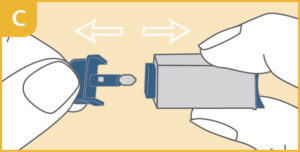
C: Extract and discard the released cap.
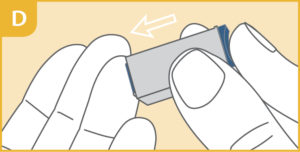
D: Press the lancet, on the side the cap was extracted from, against your fingertip (the tip of the ring-finger is recommended). The tip of the lancing device retracts automatically and safely after use. If the lancing device does not work correctly, use the second one supplied. If the second lancet is not used, it can be disposed of without any special precautions.
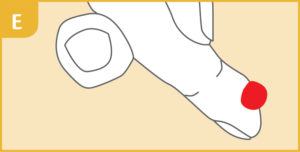
E: Keeping your hand pointing downwards, massage the tip of the finger until a large drop of blood forms.

F: Take the pipette without pressing the bulb and place it in contact with the drop of blood. The blood will enter into the pipette by capillary action. Continue massaging your finger until the blood has reached the black line on the pipette. Avoid moving it away from the finger as much as you can, in order to prevent the formation of air bubbles

G: Open the vial and immediately transfer into it the blood collected with the pipette. Press the pipette bulb 2 or 3 times to ensure that all the blood has moved into the diluent solution. Replace the screw cap onto the vial and mix well for at least 10 seconds.
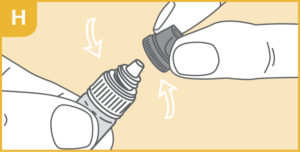
H: Unscrew the blue cap from the dropper bottle (leave the white cap firmly tightened).
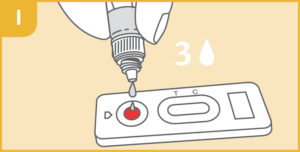
I: Deposit 3 drops into the well shown on the test strip case.
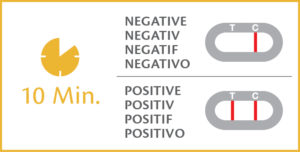
Wait 10 minutes and read the results.


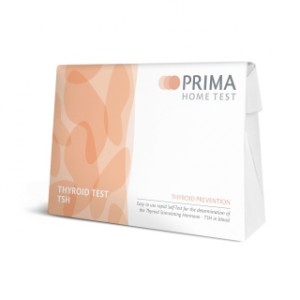
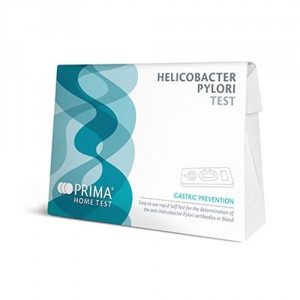
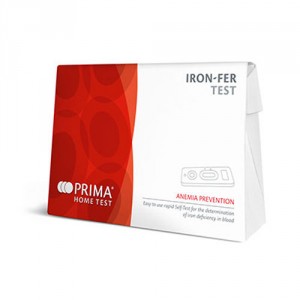

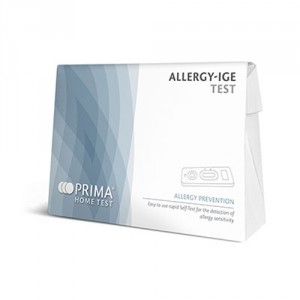
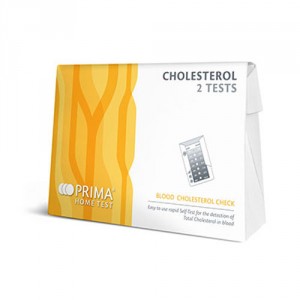
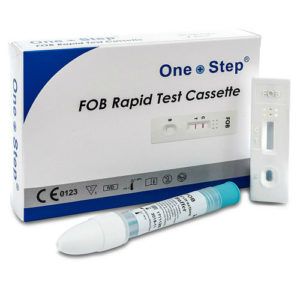
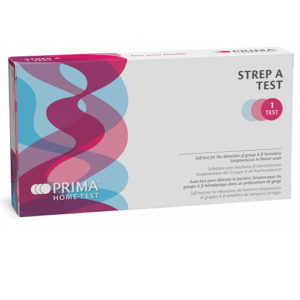

Anonymous (verified owner) –
Anonymous (verified owner) –